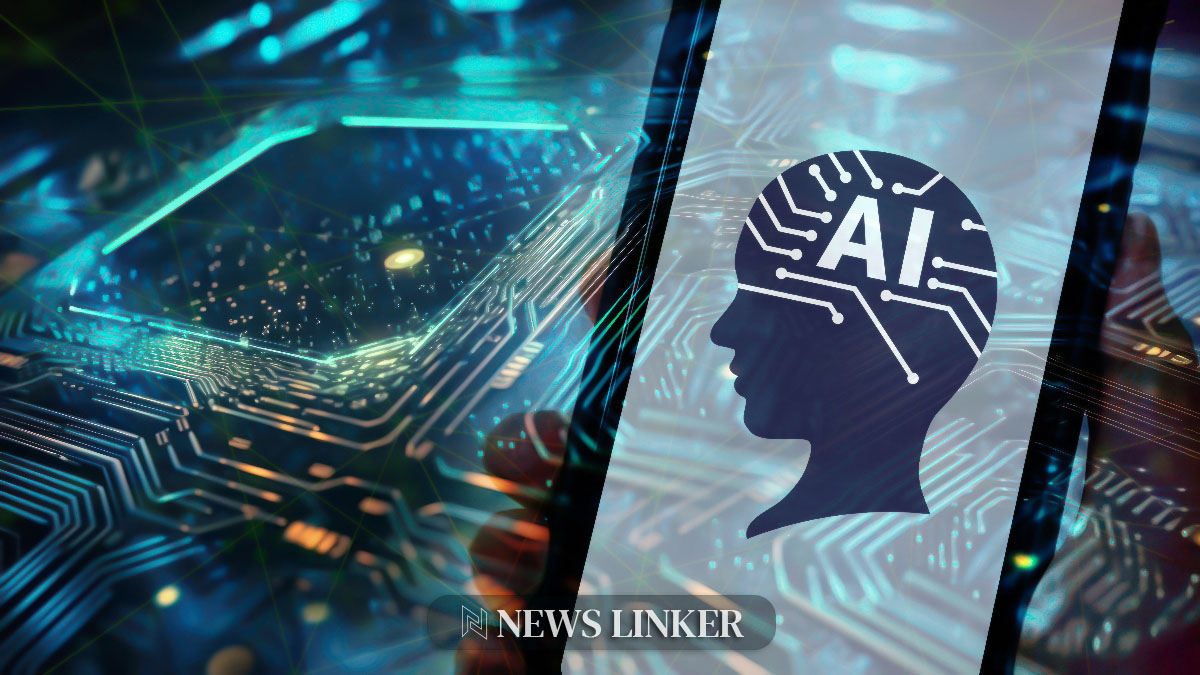The success of transformer architectures in natural language processing can be attributed to their advanced logical structures and expressivity, surpassing traditional feedforward neural networks. These sophisticated models have demonstrated exceptional performance in a variety of tasks, yet the intricacies of their theoretical foundations are not fully understood. Researchers at King’s College London have addressed this knowledge gap by employing topos theory to analyze and explain the inner workings of transformers.
Over the years, the theoretical exploration of neural network architectures has been a topic of continuous research. Earlier studies focused on the properties and capabilities of traditional neural networks, laying the groundwork for understanding their mathematical underpinnings. These investigations provided valuable insights into the limitations and potential of such networks, paving the way for the development of more sophisticated architectures like transformers. Despite their recent prominence, a theoretical framework that comprehensively explains the superior functionality of transformers remained elusive until the latest research efforts.
What Is Topos Theory?
Topos theory, a concept that originates from category theory in mathematics, offers a unique approach to understanding logical reasoning in various mathematical contexts. The King’s College London researchers delved into this branch of mathematics to decipher the complexities behind transformer architectures. By mapping neural networks and transformers onto a categorical framework, they identified the inherent differences in reasoning and expressivity between these models.
How Do Transformers Exhibit Advanced Reasoning?
The study revealed that while traditional neural networks correspond to pretopos categories, transformers align with topos completions, indicating their superior higher-order reasoning capabilities. In contrast to the first-order logic limitations of conventional neural networks, transformers are designed to handle more complex logical structures, a feature attributed to their self-attention mechanisms that allow for input-dependent weight adjustments. This finding explains how transformers manage to perform so well in tasks requiring nuanced understanding and manipulation of language.
In a closely related scientific paper published in the “Journal of Artificial Intelligence Research,” titled “The Expressive Power of Neural Networks: A View from the Width,” researchers examine the factors contributing to the expressivity of neural networks, which aligns with the King’s College London study. The paper discusses how variations in neural network architecture, such as width and depth, influence their ability to represent and process information.
What Does the Categorical Framework Reveal?
The categorical framework proposed by the researchers not only elucidates the expressivity differences but also sheds light on the architectural search and backpropagation methods within neural networks. This perspective contributes to understanding why transformer-based models, such as ChatGPT, have become dominant in the field of natural language processing and large language models.
Helpful Points:
- Transformers possess higher-order reasoning capabilities due to topos completions.
- Self-attention mechanisms enable transformers to adjust weights based on input.
- Categorical analysis provides insights into neural network expressivity and architecture.
The King’s College London research stands as a significant step towards bridging the theoretical and practical aspects of artificial intelligence. By harnessing the principles of topos theory, the researchers have contributed a theoretical analysis that not only enhances the understanding of transformer architectures but also advocates for more robust and explainable models. As the field progresses, this research will likely influence future developments in deep learning, guiding the creation of even more advanced neural network architectures.










